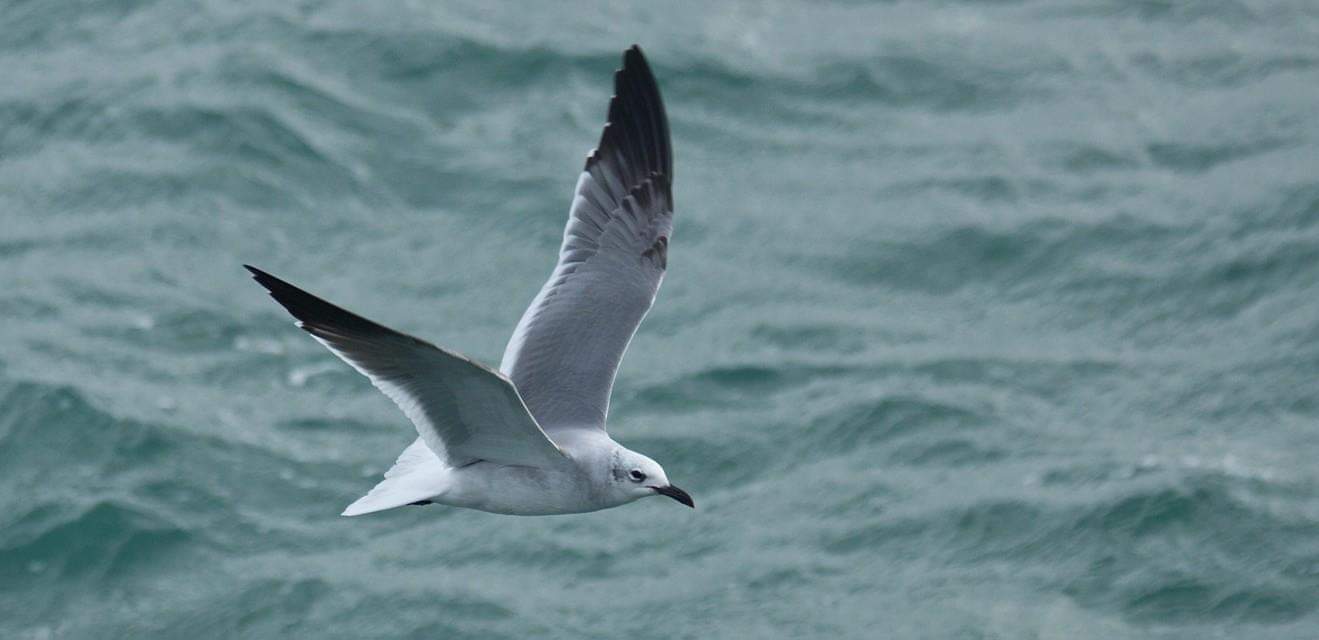The Club aims to promote the skill of finding birds in Ireland. It is intended as a fun and different way of looking at lists, and must not be seen as excessively competitive.
There are many definitions of what constitutes a find. The purpose of these rules is...well...to be honest...to circumvent the inevitable arguments that occur on what counts as a find! 😉
Inevitably, the situations in which people find birds are complex. Therefore the IR 230 Club must work on the principles of honesty and genuine surprise.
Becoming a member of the IR 230 club is easy. Simply place an IR 230 club banner onto your digital avatar, if you have reached that total on your self found list. You can also join our IR 230 Facebook group.
Rules:
1. The geographical limits of all bird finds are the entirety of the island of Ireland, it's offshore islands and it's entire economic sea territory.
2. It doesn't matter what Irish list you use. It's up to you.
3. The discovery of a bird must be a genuine surprise. Therefore, if your find doesn't constitute an original observation, you must have been unaware of it's presence.
4. A re-find must come as a genuine surprise. A re-find will invariably involve a local or national rarity. If there is a sufficient gap in time or place, then it can be counted as a find. And when it comes to Ireland...that requires a lot of common sense...when a Double-Crested Cormorant can go unreported for weeks or even months from the same small lake...ye know yourself, like.
5. All species which breed commonly in Ireland can be classed as found without the principle of "genuine surprise" applying (Rules 3 & 4). All other rules of the IR 230 Club still apply; in other words, these species must still have been found and identified by yourself.
A list of rare breeding birds which can also be counted in this way is given in Appendix 1 at the end of the rules. This is due to these species being so sedentary and restricted in their geographical range and habitat that finding them away from their well known breeding areas would be very difficult or perhaps cause undue disturbance. All other species have to be found away from known breeding areas by the normal finding rules of the IR 230 Club.
6. Under normal circumstances, the person who finds a bird will have discovered it and correctly identified it. However, more than one person can find a particular bird if any of the conditions in Rules 7, 8 or, 9 are met.
7. If the person who discovers the bird does not identify the bird to the correct species, he or she must have ruled out all but the principal confusion species to count it as a find (within reason. I.e. if you see a Sub-Alpine warbler drop into a bush and flag others attention to it, that find is yours from that point on, whether it turns out to be Western, Eastern or, heaven forbid, Moltoni's. If however, you just saw "some warbler", others can then be involved). At that point, the person (or persons - see Rule 9) who, having seen the bird, first correctly identifies it, may also count it as a find.
8. More than one person can claim to have identified a bird if they vocalise or otherwise indicate that they have arrived at the correct identification more or less simultaneously. Honesty is paramount when deciding if the utterance given in the excitement of a find constitutes a correct identification.
9. More than one person can claim to have identified a bird if the identification evolves over a period of time. In these cases, the persons claiming this record as a find must all fully contribute to the identification of the bird.
10. In order not to cause undue disturbance to certain species, birds can be counted as found if detected on call or song. I.e. a bird such as Corncrake or Quail, if found singing, does not require to be seen to be counted as a find.
In short...self found listing requires a lot of common sense.
Rare/Scarce breeding species which can be found without the principles of genuine surprise applying (see Rule 5).
Corncrake
Roseate Tern
Little Tern
Bearded Reedling
Great Spotted Woodpecker
Red Kite
White-Tailed Eagle
Grey Partridge
Garden Warbler
Contact us on Twitter, Facebook or privately to receive your IR 230 banner.





